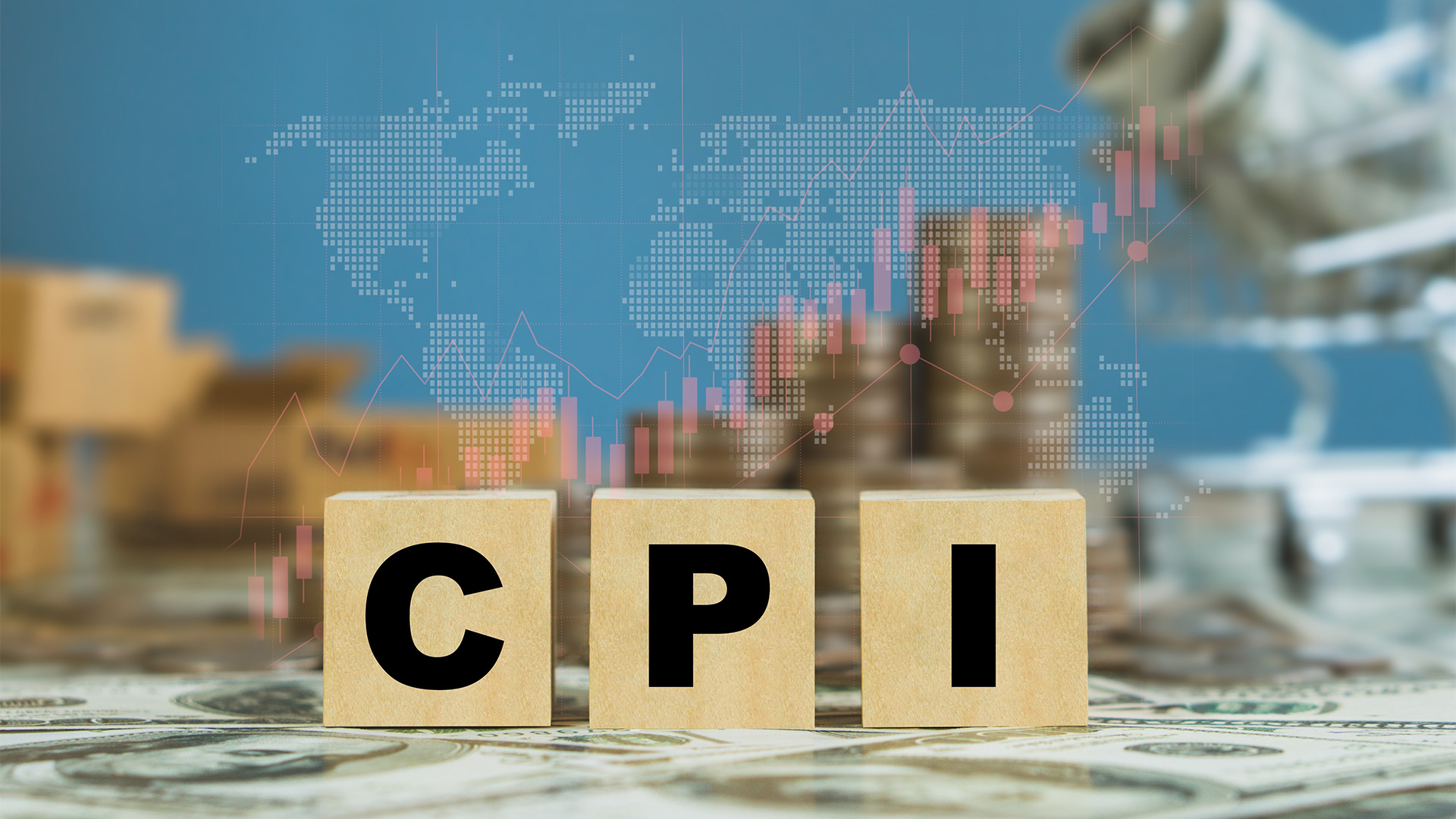Wall Street enjoyed a nice bounce Wednesday after US inflation edged down to 3.4% in April, and retail sales slowed by more than many analysts had forecast.
The three major measures all saw solid rises a day after the US Federal Reserve Chair, Jay Powell, warned it may have to keep interest rates higher for longer to tame price pressures.
April, in fact, saw the first fall in inflation in 2024 as it dipped from March’s 3.5% (on a headline basis).
The core CPI, which excludes energy and food costs, rose 3.6% compared to 3.8% in March. Shelter (housing) costs, which have been a trouble spot for the Fed as it has resisted attempts to lower cost, increased 0.4% for the month and were up 5.5% from a year ago.
That’s still too high for the central bank trying to drive overall inflation back down to 2%.
The energy index rose 1.1% for a month and was up 2.6% on an annual basis. Food was flat and up 2.2%, respectively. Used and new vehicle prices, which had contributed to the early rise in inflation during the worst of the Covid pandemic, both declined, falling 1.4% and 0.4%, respectively.
Services excluding energy, a key point for central bankers in the US (and in Australia), rose 0.4% for the month and to be up 5.3% over the year.
The inflation increase was bad news for workers, who saw earnings fall 0.2% on the month when adjusted for inflation. On a 12-month basis, real earnings rose just 0.5%.
"The first downside surprise in inflation since the turn of the year will be a relief to the niggling concerns that inflation was starting to trend upwards again," Seema Shah, chief global strategist at Principal Asset Management, wrote in a note.
The dip in retail sales, though, came as a bit of a surprise – an easing from the strong growth in February and March was expected, but not a break-even performance, or a small fall in core sales.
Retail sales were unchanged, coming in well below economists’ expectations, and follow a revised 0.6% rate in March (down from 0.7% in the original report), according to the US Commerce Department.
That was after sales rose 0.9% in February, which reflected a strong bounce from the 1.1% drop in January, thanks to two weeks of freezing weather across much of the Midwest and northeast.
Excluding petrol prices and car sales, retail sales fell 0.1%.
But looking at the sectors, there were few signs of a haulback in discretionary spending by consumers.
While online retail sales fell 1.2%, reflecting a new sales event at Amazon and the earlier timing of Easter this year, sales through at electronics stores were up 1.5%, and clothing and accessories stores posted a 1.6% gain in sales for the month.
But sales through home furnishings stores slipped 0.5%, reflecting the weakness in areas of housing.
Economists said that the retail sales report offered only a partial look at consumer spending because it excludes things like travel and lodging. However, at restaurants, the lone service category tracked in the monthly retail sales report, sales rose 0.2% from March.














